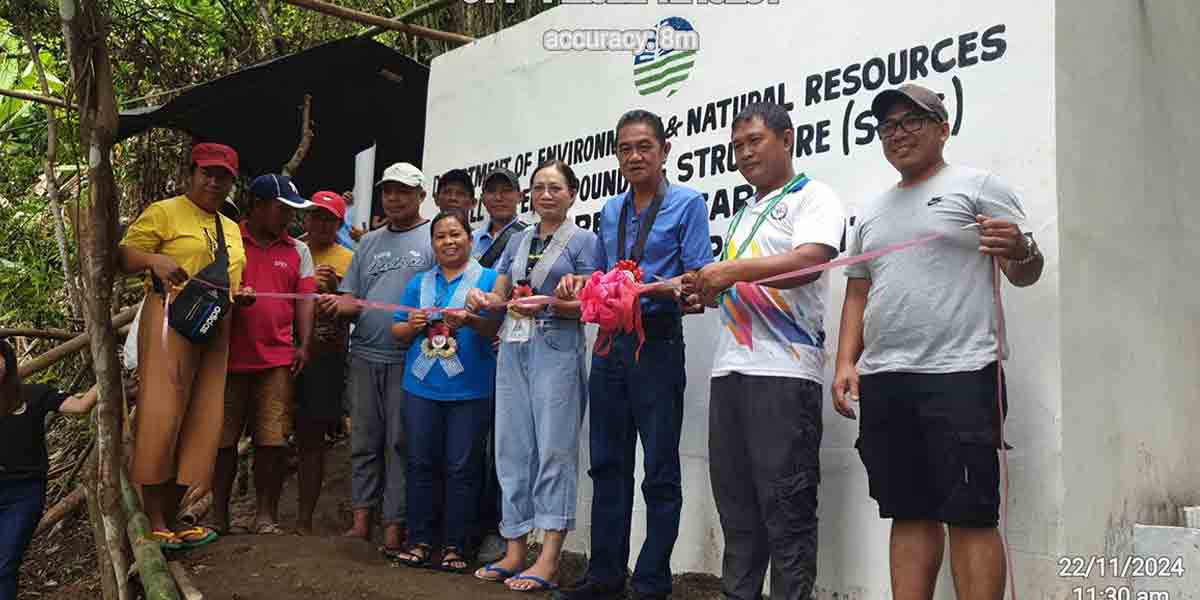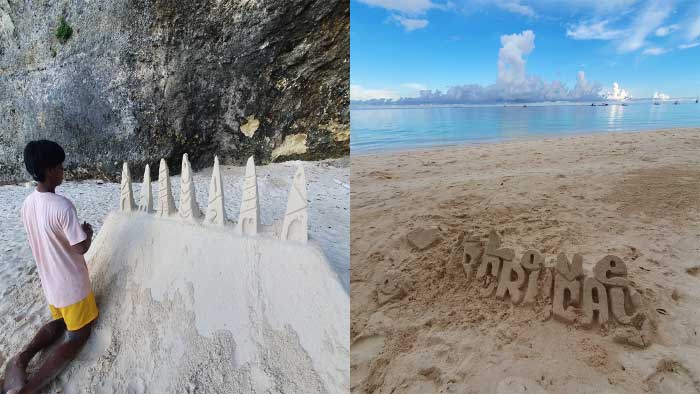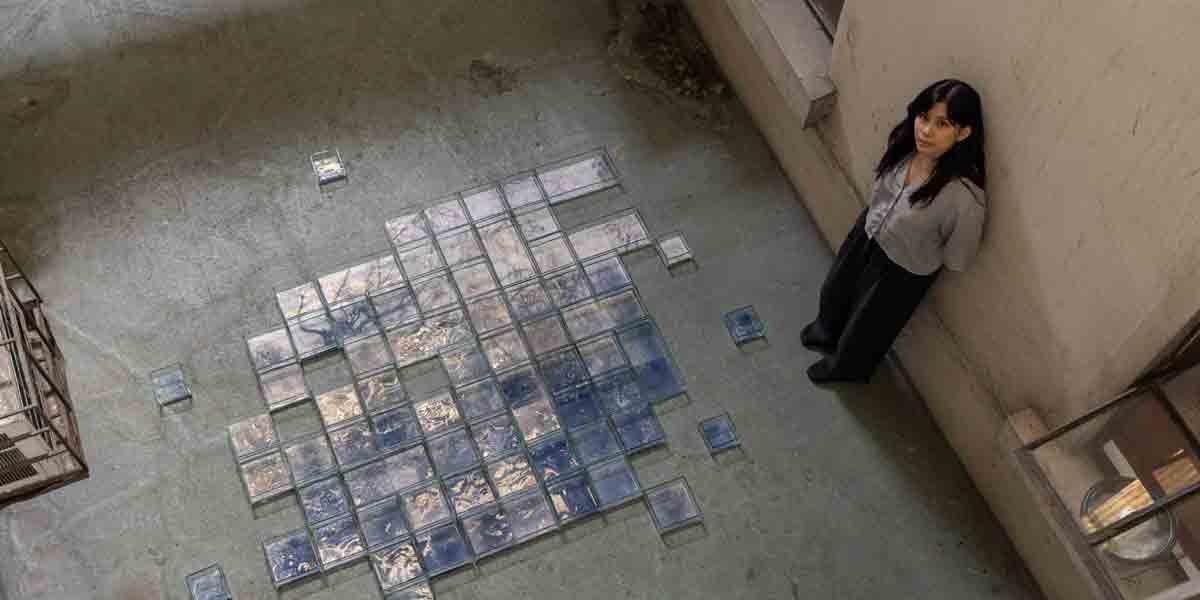By John E. Barrios
For sand artists, the mere presence of sand is already a blessing. However, in the case of Boracay, having white, fine sand is a double luck as this is one of the primary reasons why tourists flock to the island. This famous white sand has been the primary material in making sand sculptures along the island’s beaches that has been eye-catching for many tourists before the COVID-19 pandemic.
At present, however, things are not the same anymore. Although the popularity of the island is slowly coming back to the usual, a tourist could no longer spot any sand sculptures along the white-sand beaches of Boracay as it has been prohibited by the local government. From being a tourist attraction, sand sculptures have been limited to only being seen on special occasions when sand artists are invited to do such art or when they get to secure a permit which costs PhP 2,500 (for one artist) and is valid only for one day. Now, sand artists secretly do their art in the rocky, northernmost part of the island where only a few tourists pass by.
Sand sculptures are made by mixing (a little amount of) water and sand. Its simplest form is often done by children – and sometimes even by adults. It is called ‘drift sculpture,’ wherein the effortless dripping of wet sand using one’s bare hands could build a sand castle. However, its more complex version includes piling pails of sand to create a “huge” castle. In the case of the sand artists from Boracay, using only stick and walis-tambo, they would carve the island’s name and the date when it was made as their trademark art.
Boracay’s sand artists are students and most of them are in high school yet, but they already have the potential to create such art and eventually, earn money (they accept donations from those who watch how they make the sand sculptures and take pictures of their art). From their imagination, European-inspired castles’ structures are brought to life; featuring the tower, windows (arrow slit), and battlement which all take on various forms. With the touch of these sand artists, the tower could be a head complete with eyes, nose, and mouth. In fact, Boracay’s sand sculptures are already far from their inspiration and only show traces of European-styled castles.
It was around 1897 when people started taking sand sculpture seriously in New Jersey, USA due to Philip McCord who made a sand sculpture of a drowning woman and her child. Since then, sand sculptures have been a permanent tourist attraction along their beaches with people paying or donating money just to see them make their art.
There are also yearly sand art competitions in various countries that draw numerous sand artists from all over the world. In Canada, people hold a competition – the “Harrisand” – which has a variety of categories ranging from solo, double, and team categories. Also, there is an “Irish Annual National Sandcastle and Sand Sculpturing” competition in Ireland, Hiekkalinna (Sandcastle) in Finland, “Indonesia Sand Sculpture Festival” in Indonesia, which is one of the biggest in the entire Southeast Asia, “Fukiage Beach Sand Sculpture and Exhibition” in Japan, and the ‘largest sand sculpture event in the world’ called “International Sand Sculpture Festival” in Portugal.
Although the art of sand sculpting is already known worldwide, Boracay – which is considered ‘the most beautiful beach in the world’ due to its whitest and finest sand – still bans sand artists from practicing their art along its beaches.
Thus, this poses a question that only the local government of Boracay and the Department of Tourism could answer, “Do sand art and its talented sand artists have a future in the islands of Boracay?”
























